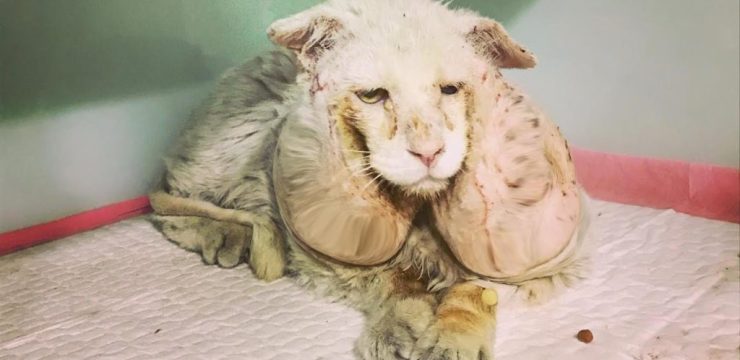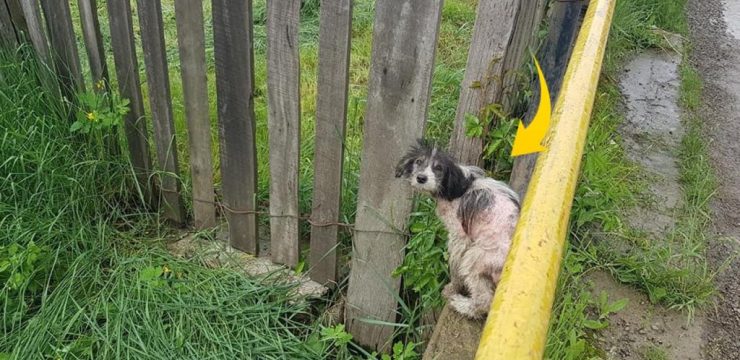If you’ve been online recently, you might have stumbled upon a viral story about a man named Cam who shocked social media when he introduced the world to his beloved “Yellow Pillow.” Cam’s girlfriend wasn’t exactly thrilled by this heavily stained pillow, and his confession on X (formerly known as Twitter) quickly sparked a debate. Alongside a photo of the intensely yellow pillow, Cam captioned it, “My girlfriend is upset at me since I disclosed to her The Yellow Pillow. Fellas, I am sure you are all aware that this item is magical.”

The post went viral, with reactions split. While some found the attachment to a discolored pillow a bit unsettling, others empathized with Cam’s sentimental attachment. Cam defended his pillow, claiming its well-worn state has provided him with the best sleep of his life. “It’s not my fault the pillow is yellow—it’s what gives me the most peaceful slumber,” he explained. Responses varied, with some voicing their horror at the sight of the pillow, while others chimed in, claiming they also have their own “Yellow Pillows” they can’t part with.
One commenter even joked that giving up their own yellowed pillow had led to a life in “a downward spiral,” while another claimed that holding onto an old, unwashed pillow was almost a rite of passage. But whether you’re appalled or amused, Cam’s story brings up an interesting question: what exactly causes pillows to turn yellow over time?
Why Pillows Turn Yellow
The main reason pillows develop that yellow tint is moisture, primarily from sweat. Even if you don’t realize it, you sweat throughout the night, and that sweat gradually seeps into the pillow, causing a buildup that eventually stains it yellow. The average person sweats between 200 and 700 milliliters during sleep each night, and over time, that moisture accumulates in the pillow, leaving behind a yellow hue that becomes visible over time.
Sweat isn’t the only factor at play. Natural oils from your skin and hair also contribute to the discoloration. These oils, along with drool or saliva, can seep into the pillow, furthering the yellowing process. If you regularly apply products like hair oils, lotions, or creams before bed, they also transfer to your pillow, accelerating the staining process.
How to Keep Your Pillow Fresh
Wondering how to prevent your pillow from looking like Cam’s “Yellow Pillow”? Start by washing your pillowcases frequently, as they act as a barrier to keep oils and sweat from reaching the pillow itself. However, just washing the pillowcase isn’t enough. Experts recommend washing the pillow itself every three to six months to remove the built-up sweat, oils, and bacteria contributing to the discoloration. Depending on the pillow type, it might be machine-washable, or it may require spot cleaning—so be sure to check the care instructions.
Another easy way to keep your pillow fresher is to go to bed with dry hair. Going to sleep with damp or wet hair can introduce additional moisture that speeds up yellowing. According to Time magazine, simply drying your hair before bed can help keep your pillowcases white and clean for longer. Additionally, consider using a pillow protector or investing in moisture-wicking pillowcases, which are designed to absorb less moisture and reduce staining over time.
Pillow Hygiene: A Lesson in Sleep Comfort
Whether you relate to the “Yellow Pillow” phenomenon or find it a bit gross, there’s a clear takeaway about pillow hygiene. For some, a yellowed pillow might evoke comfort and nostalgia, while others might prefer to keep their bedding looking pristine. Either way, understanding why pillows turn yellow can guide you in making better decisions for their care and longevity. So, if your pillow is starting to look like Cam’s, it might be time for a good wash—or perhaps a fresh start with a new one.





